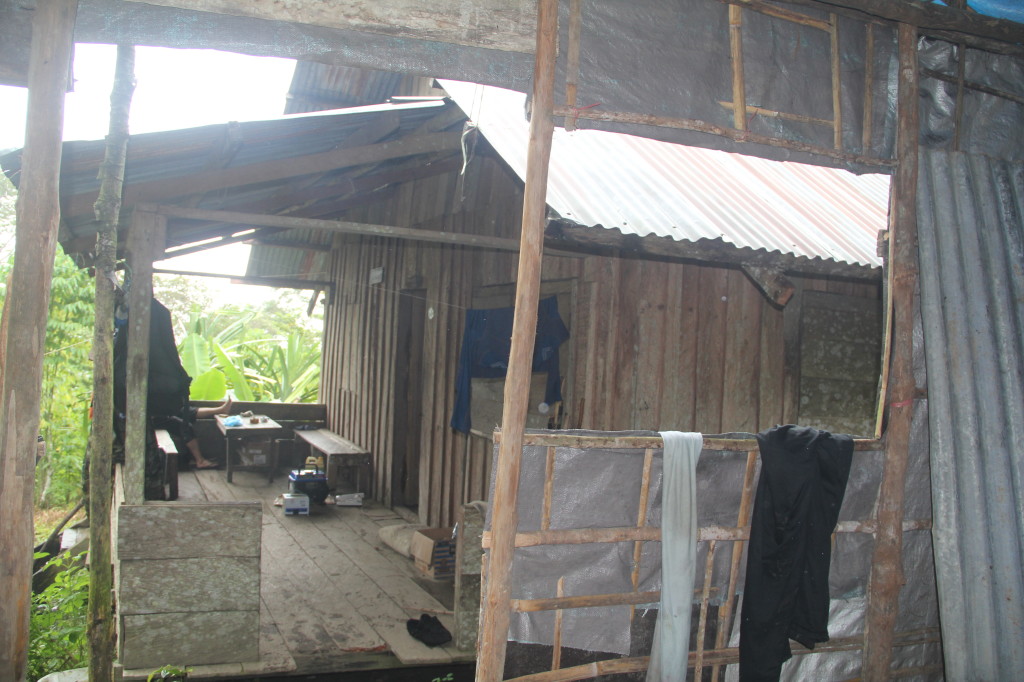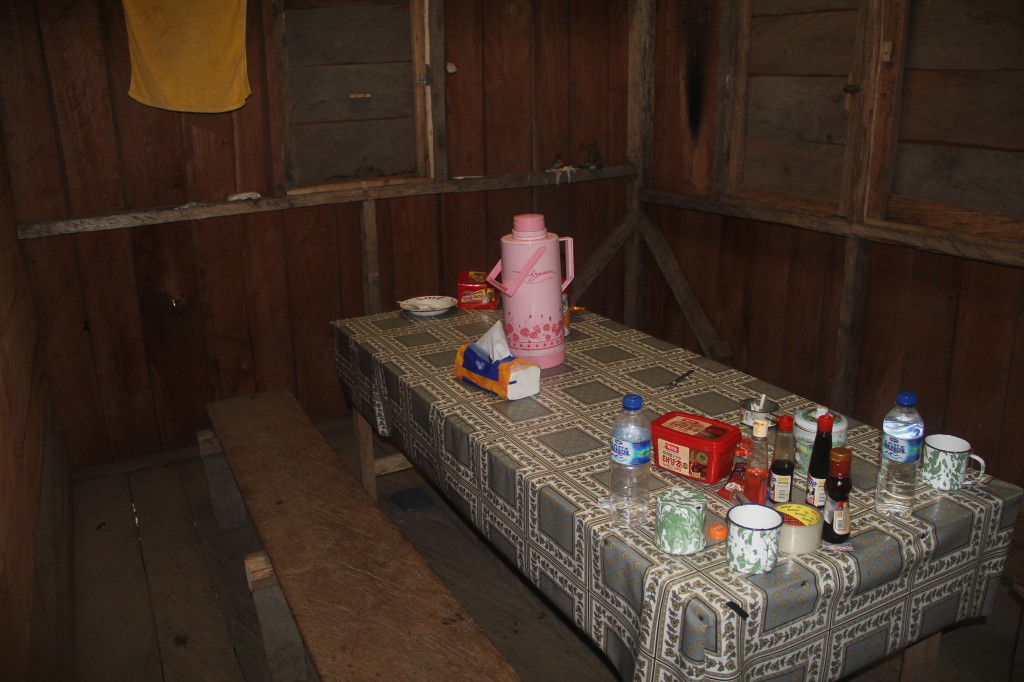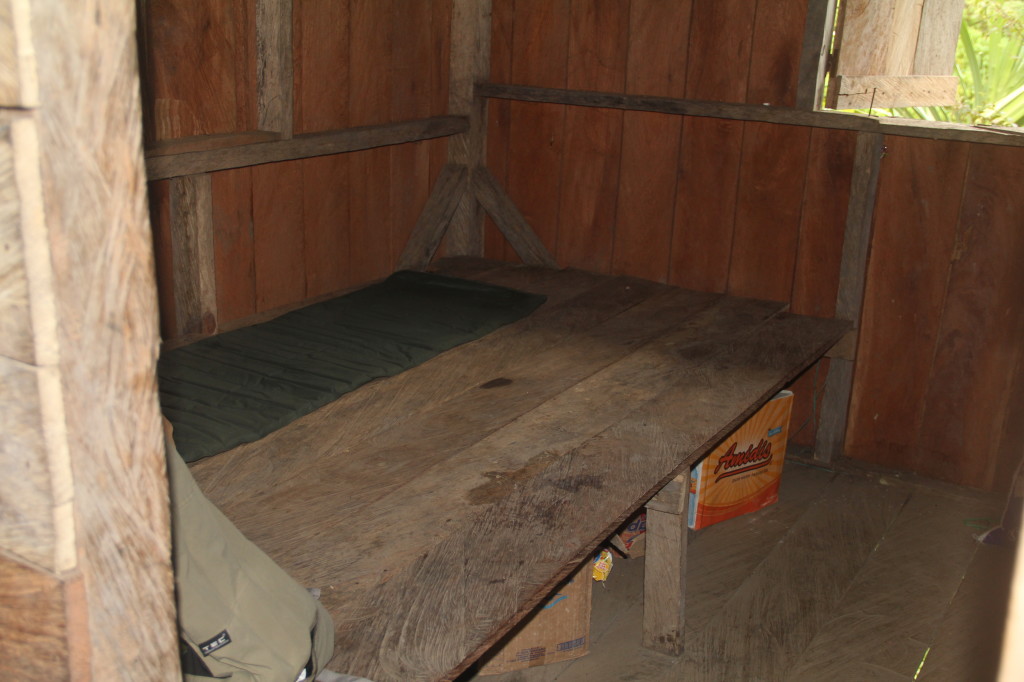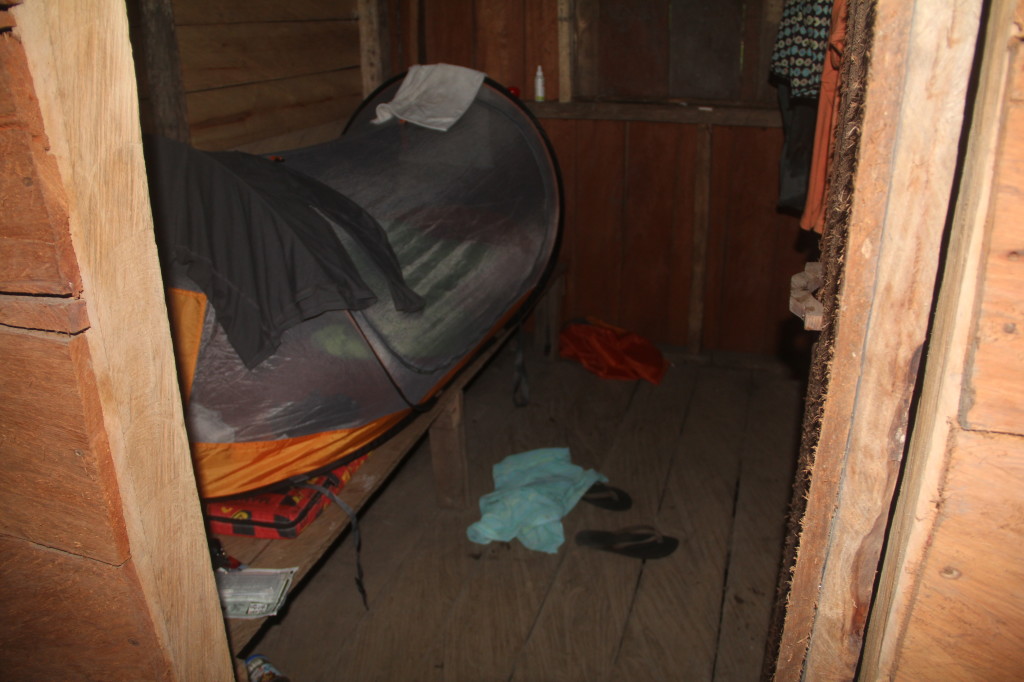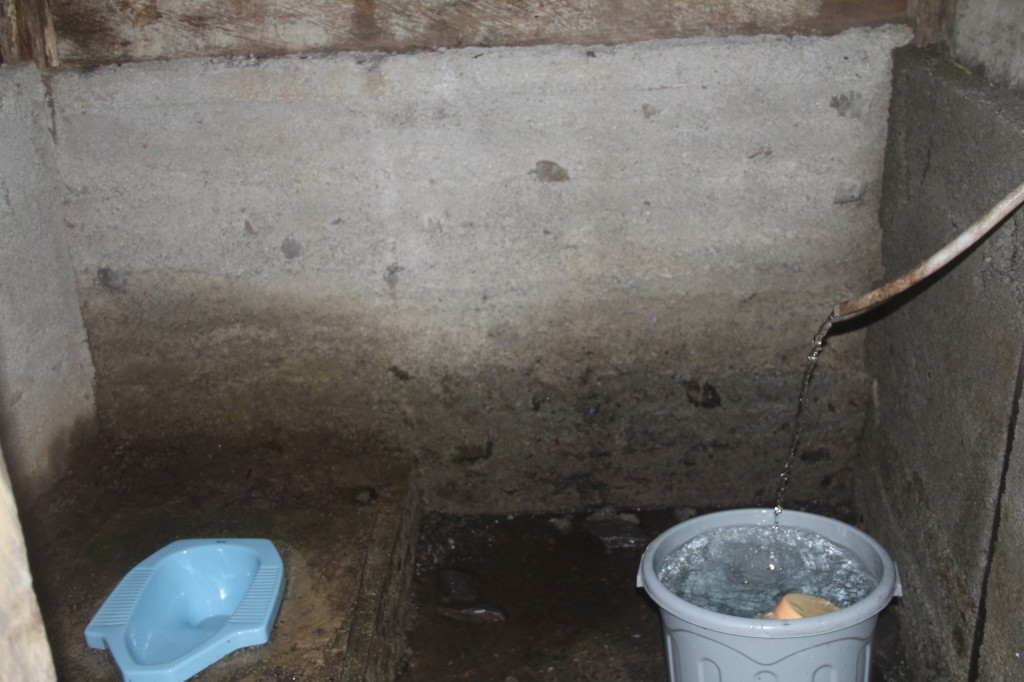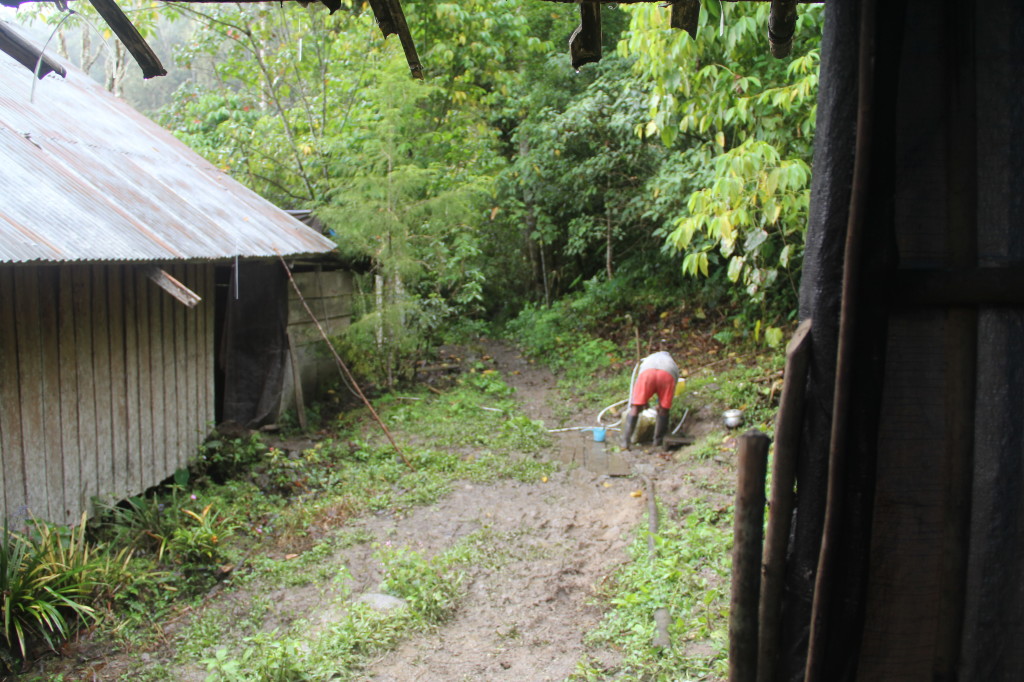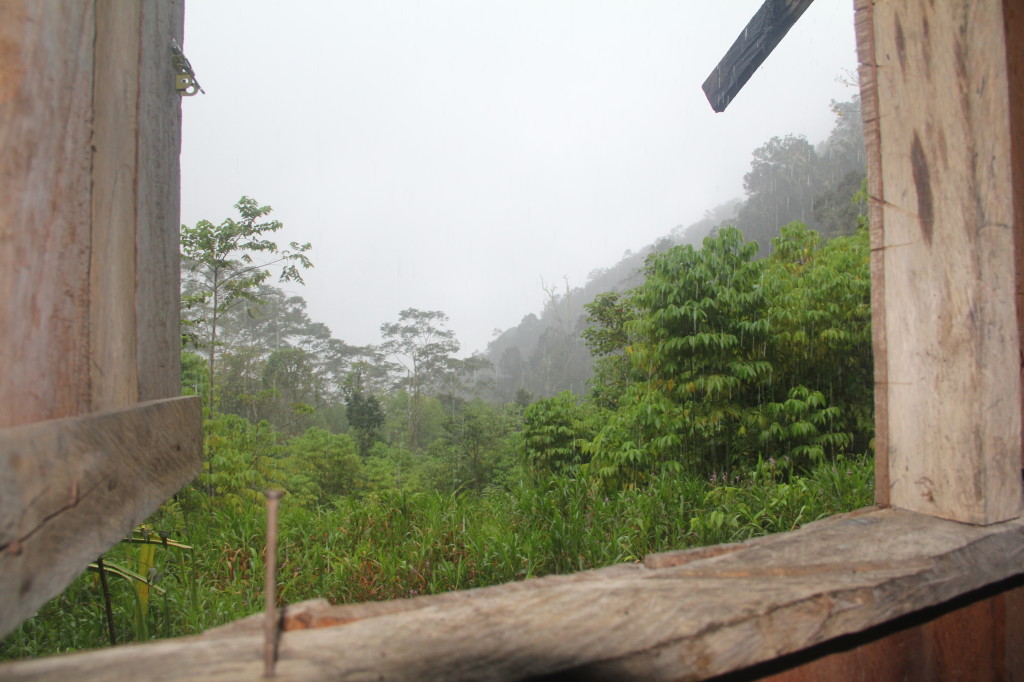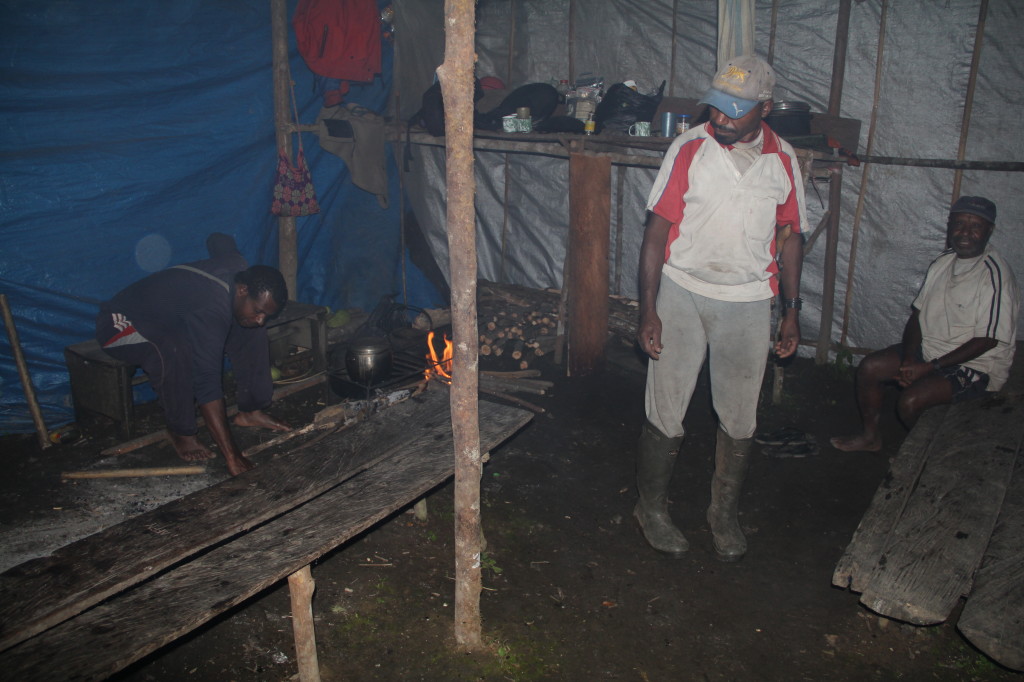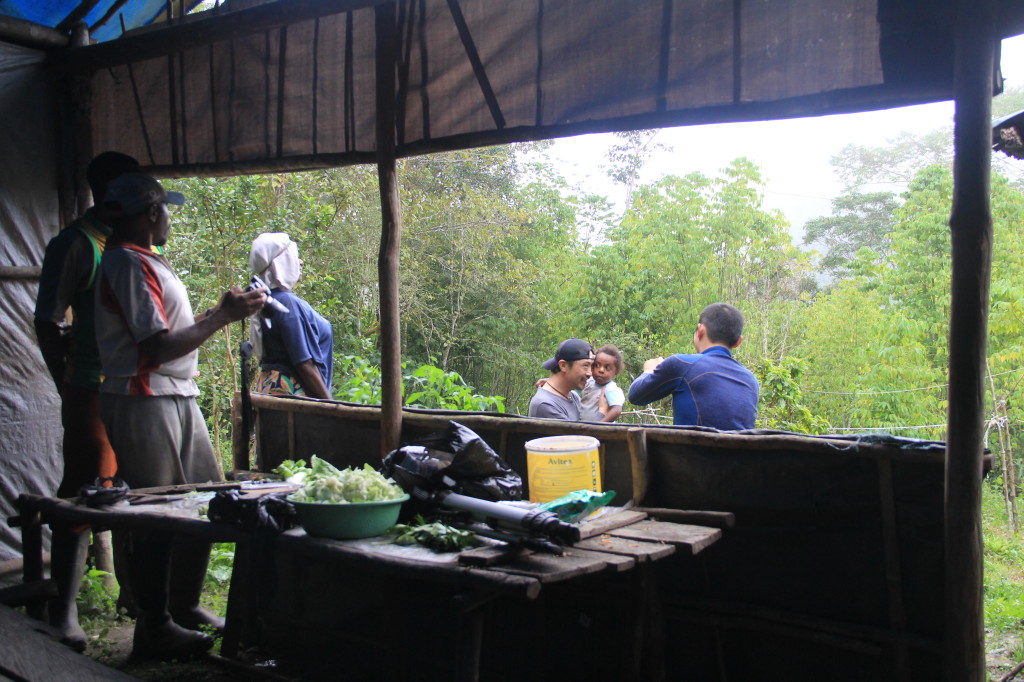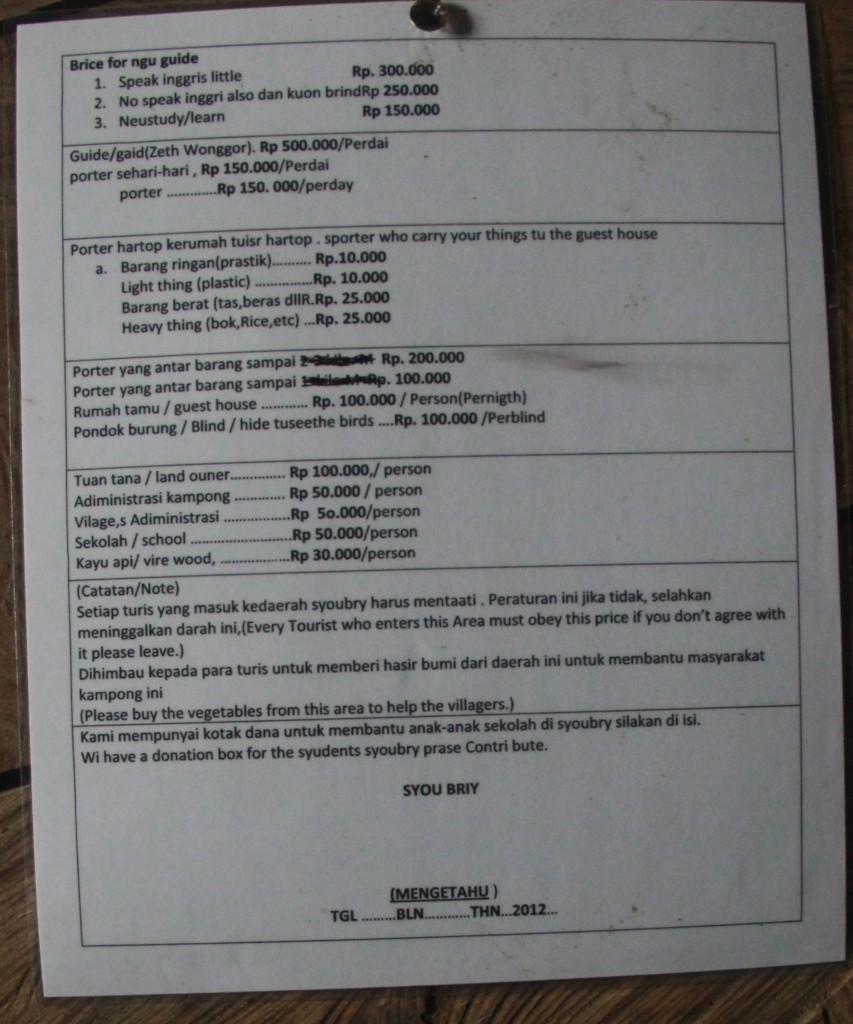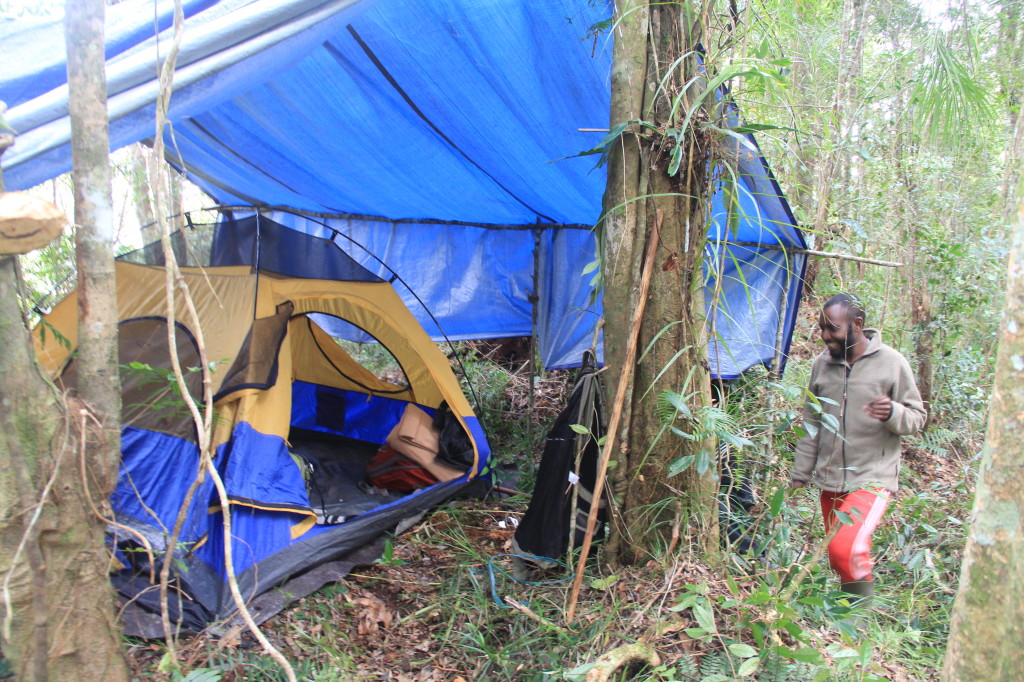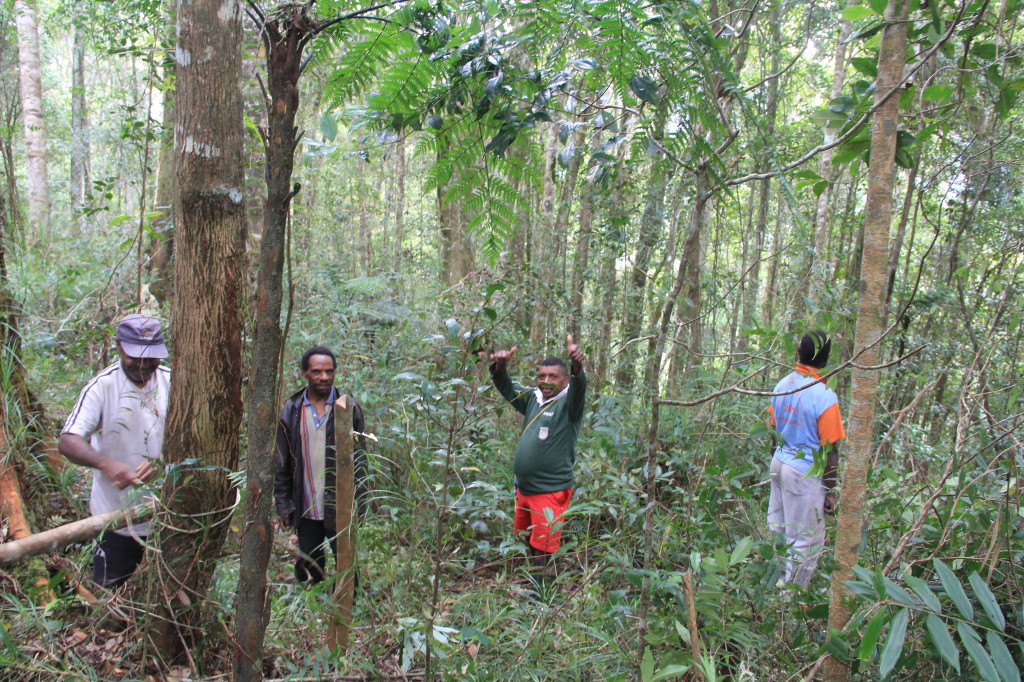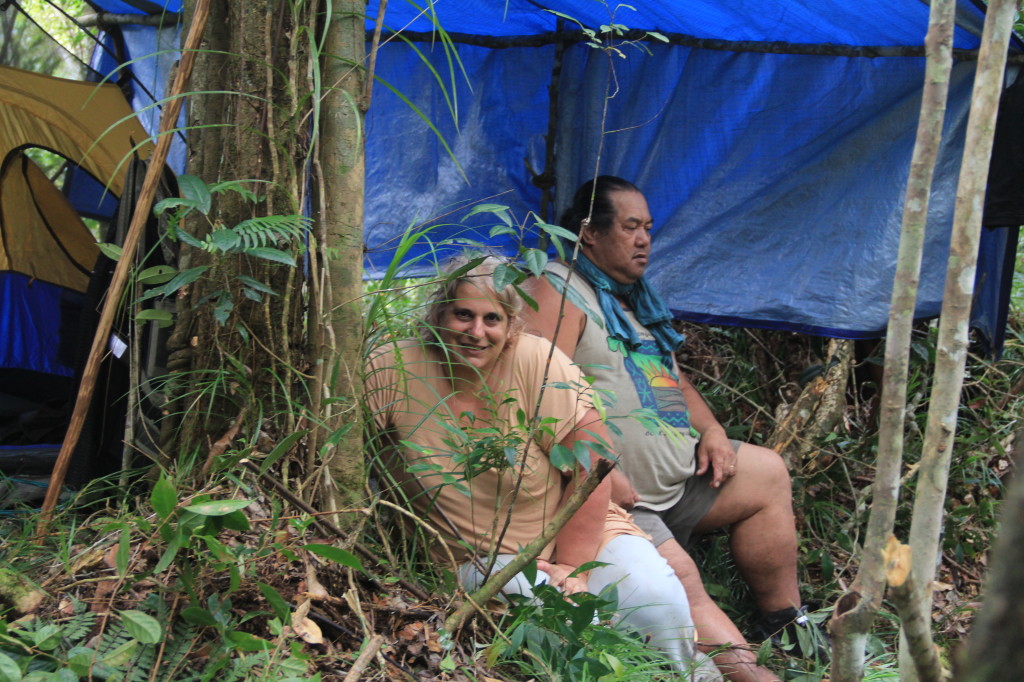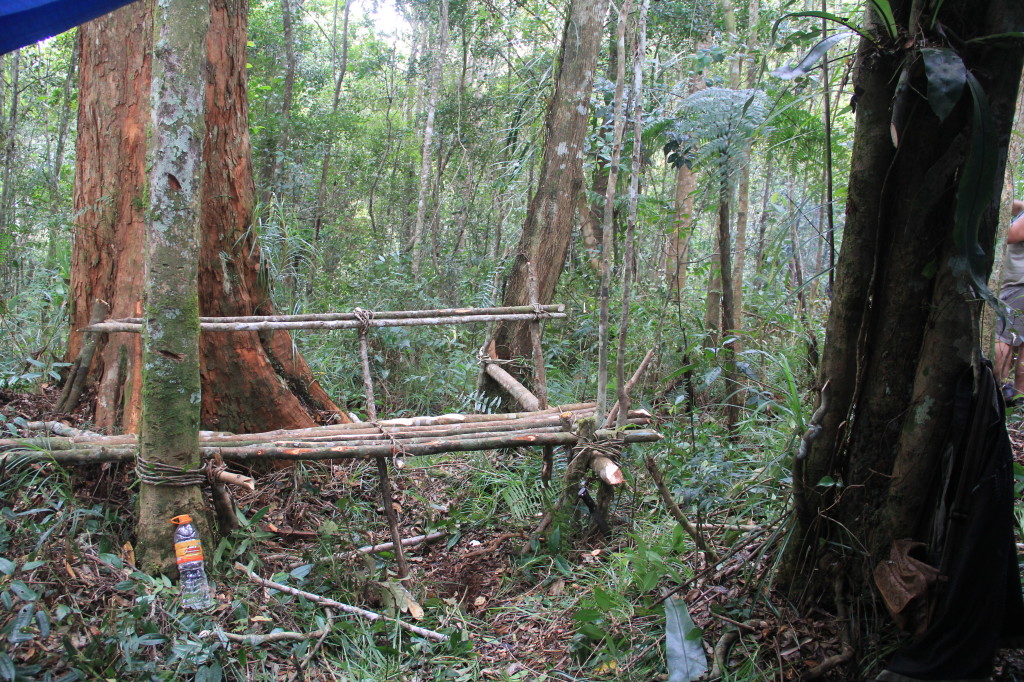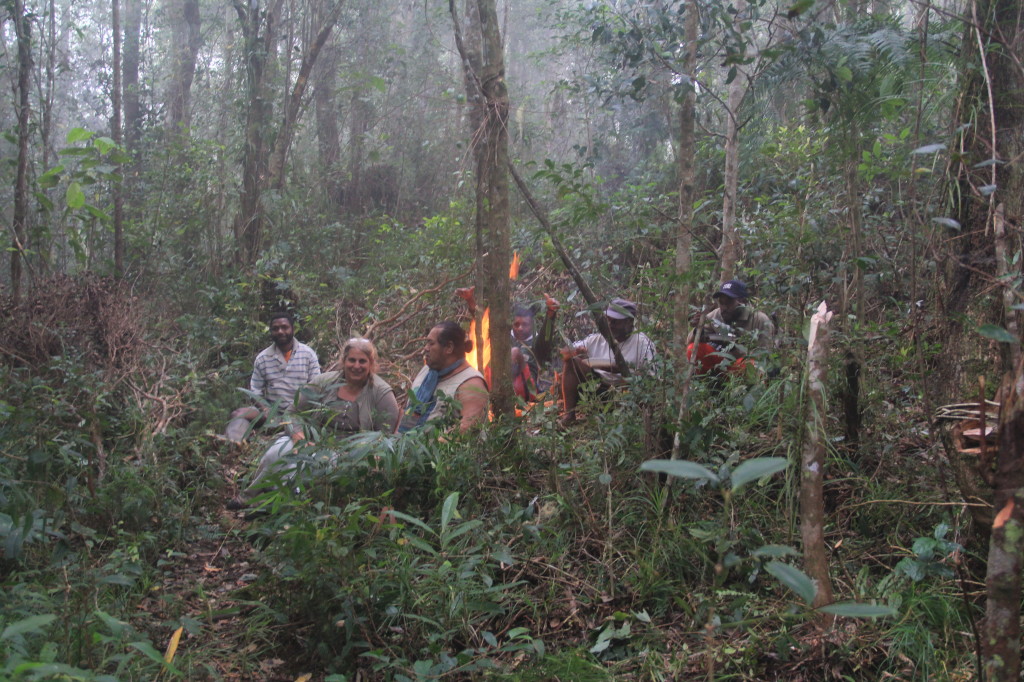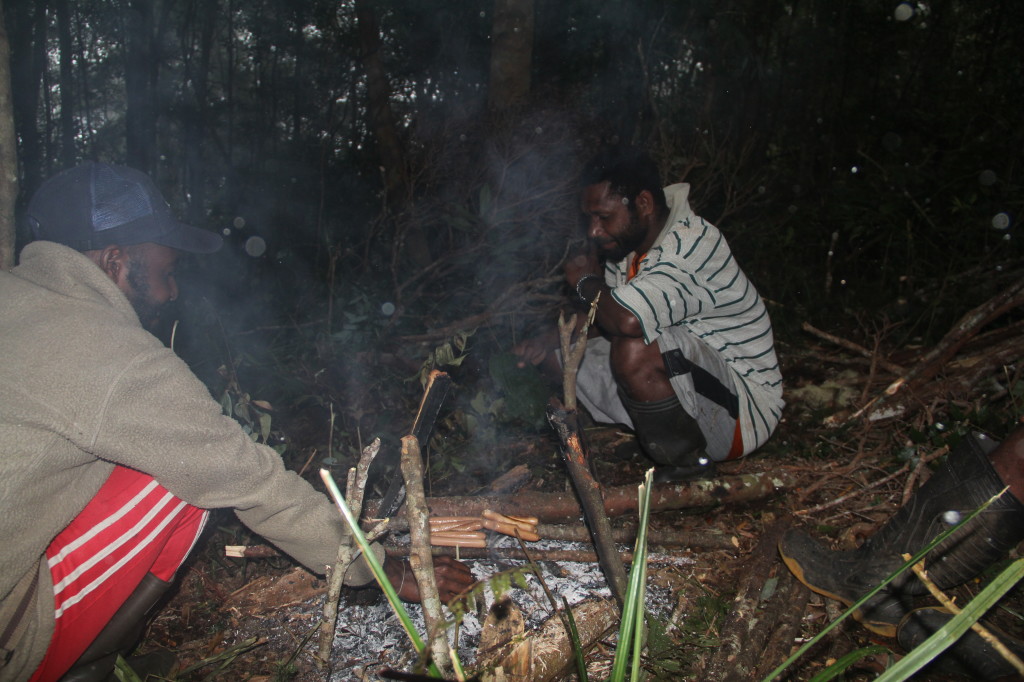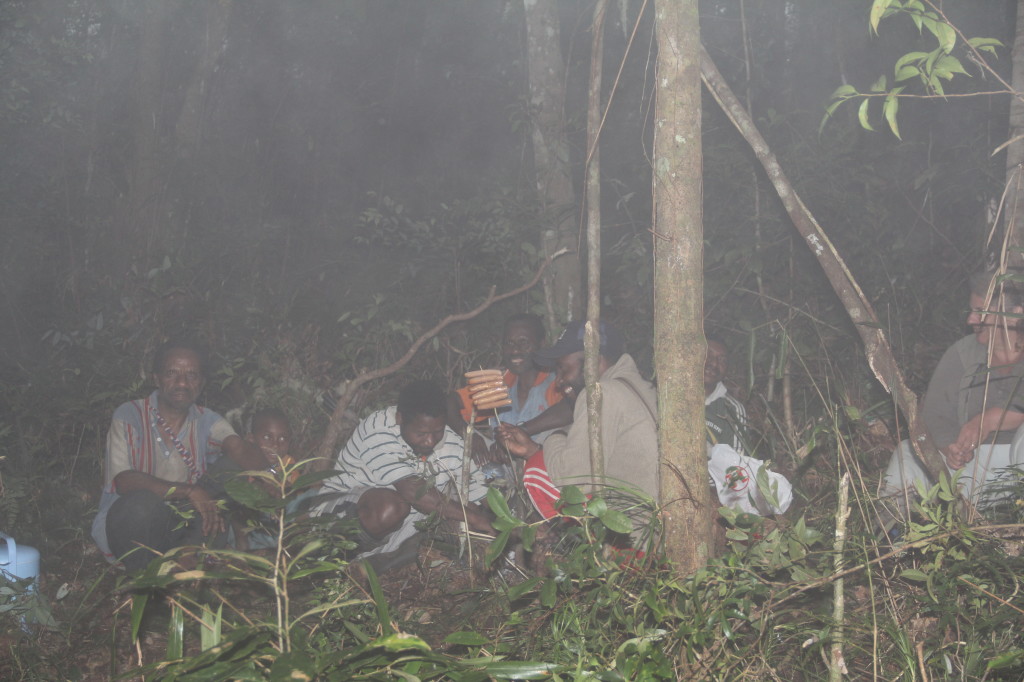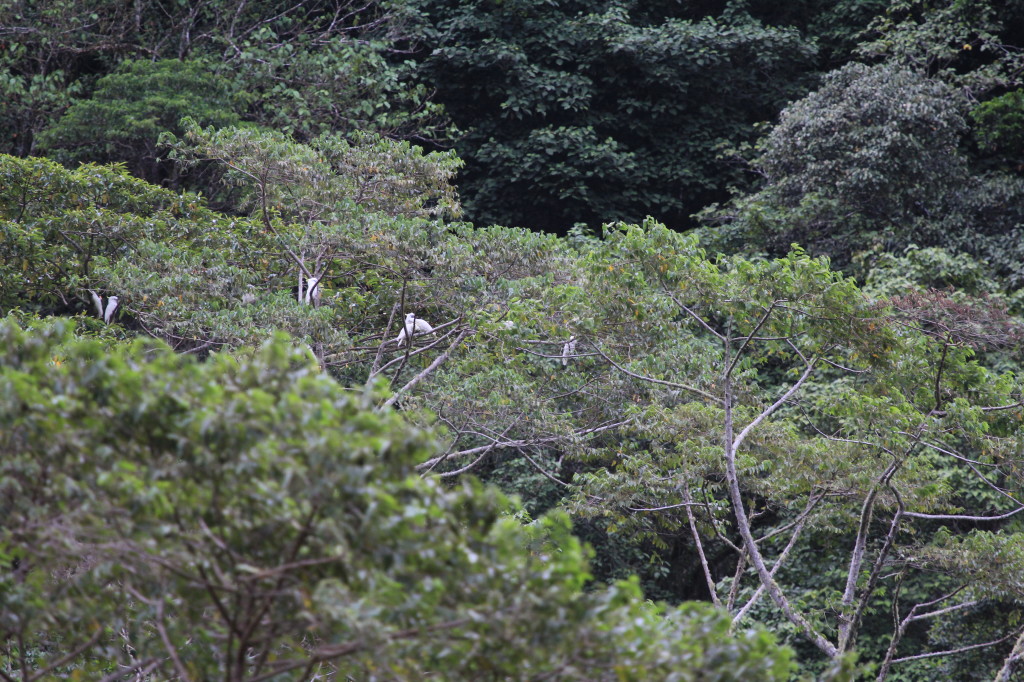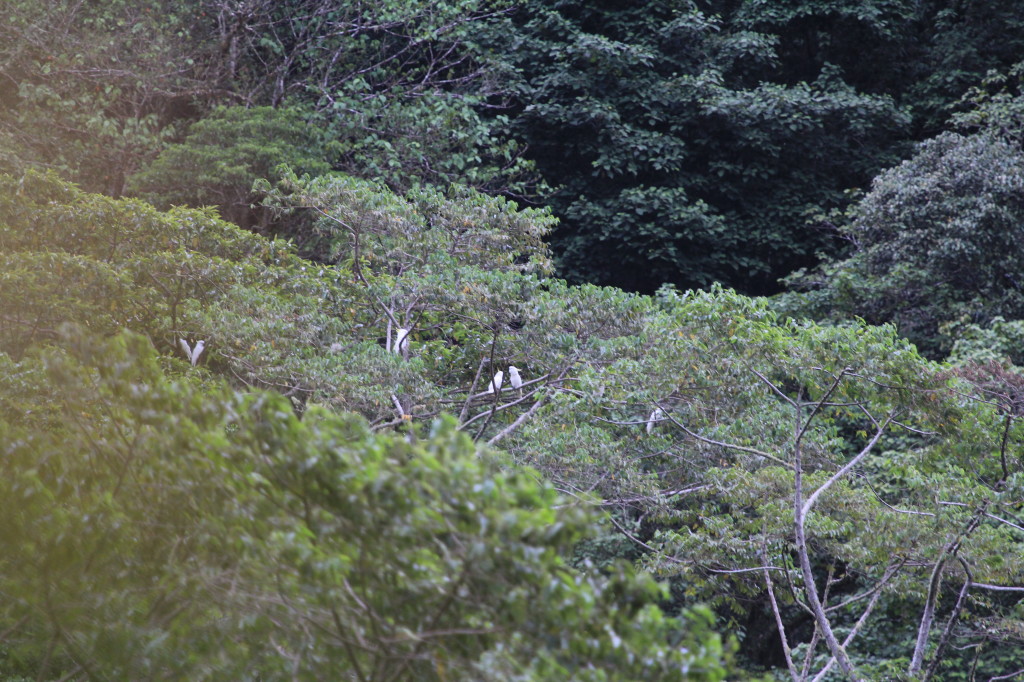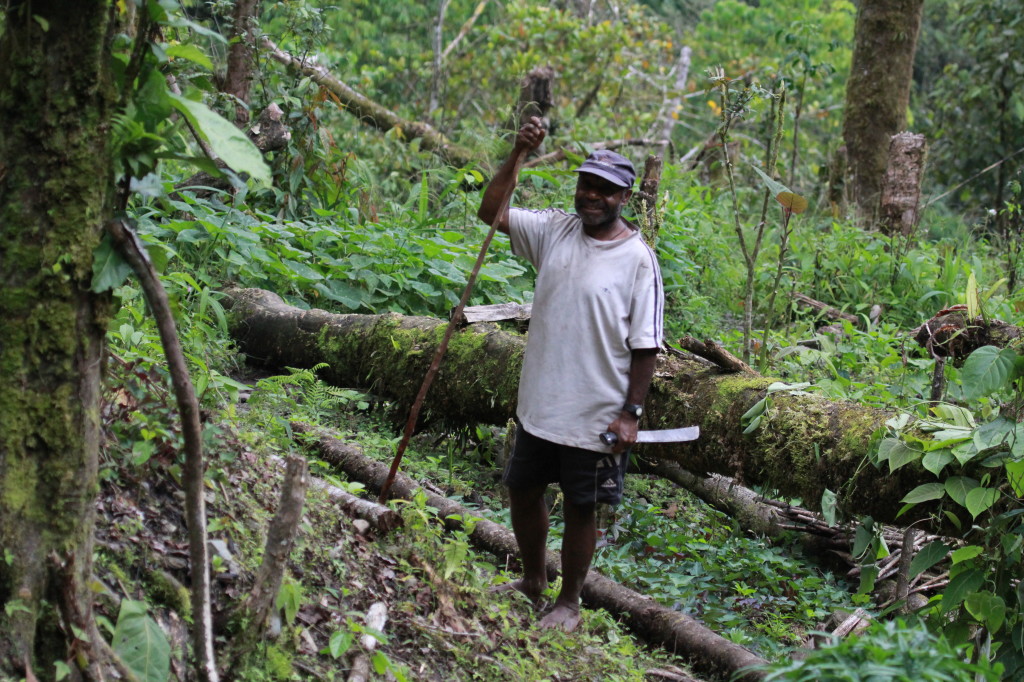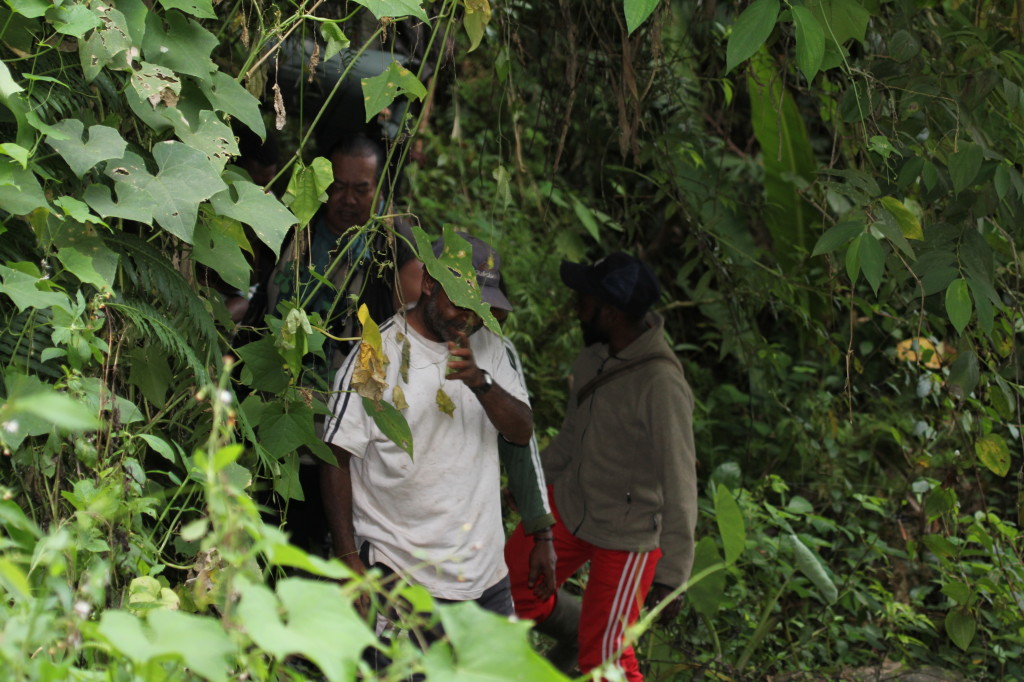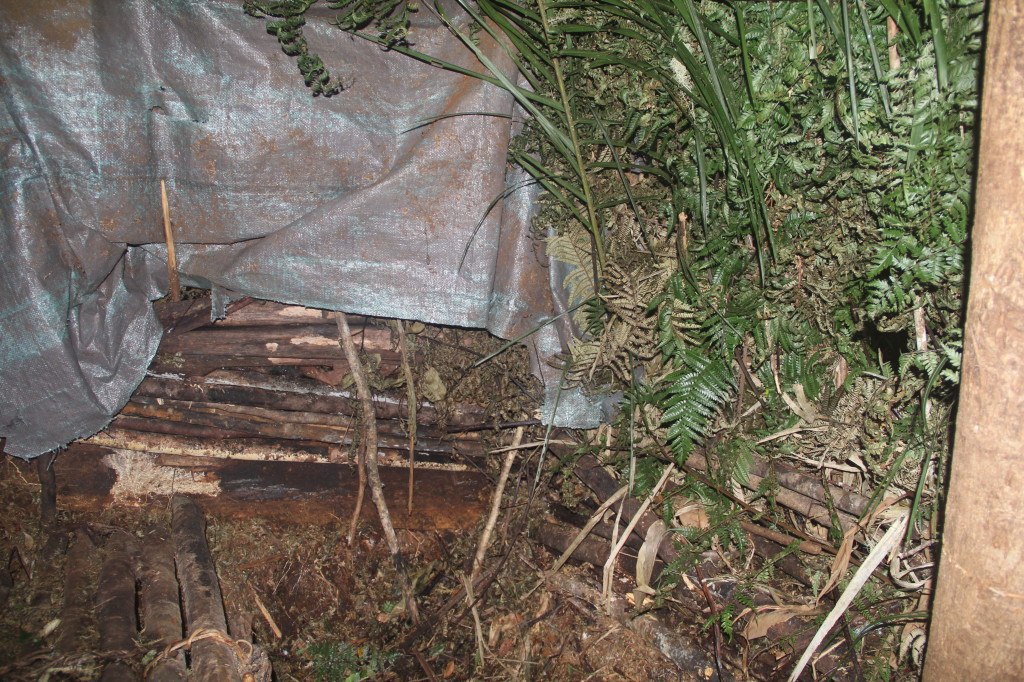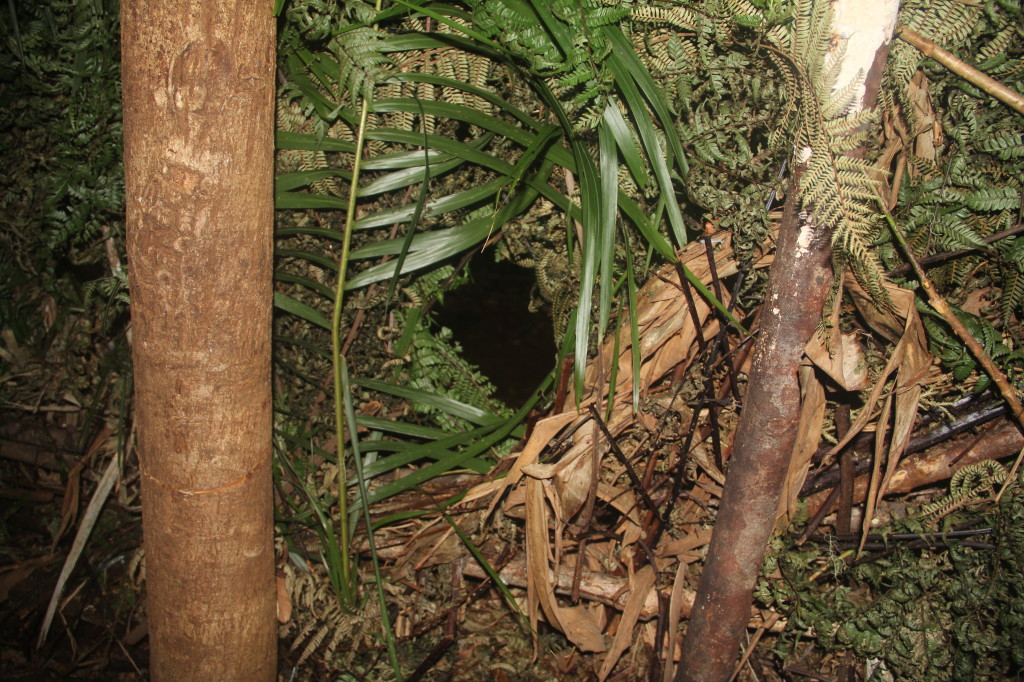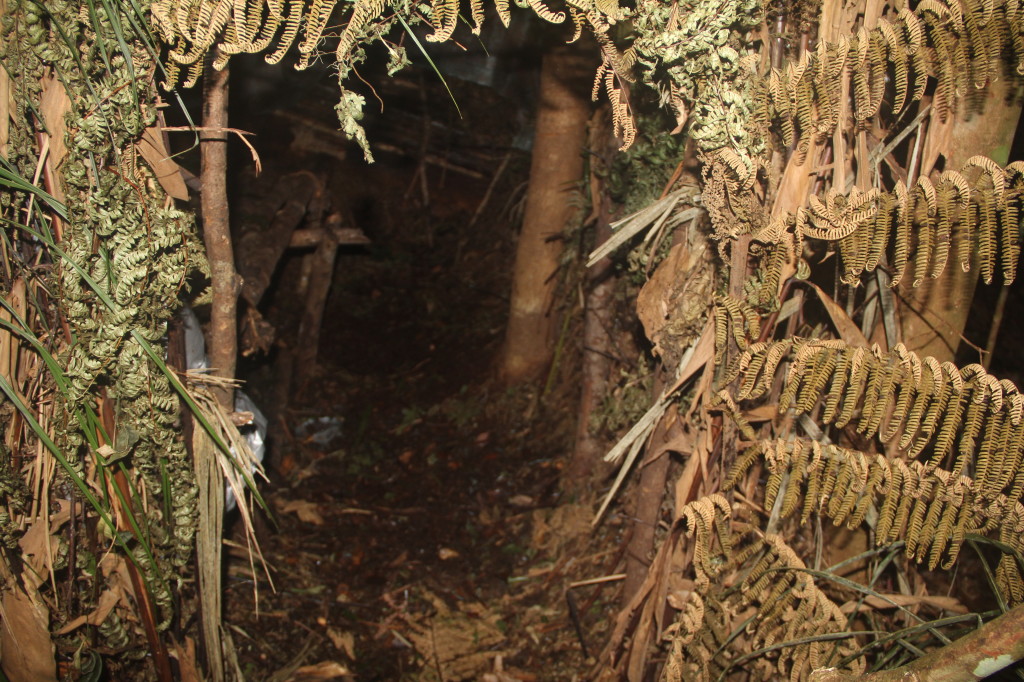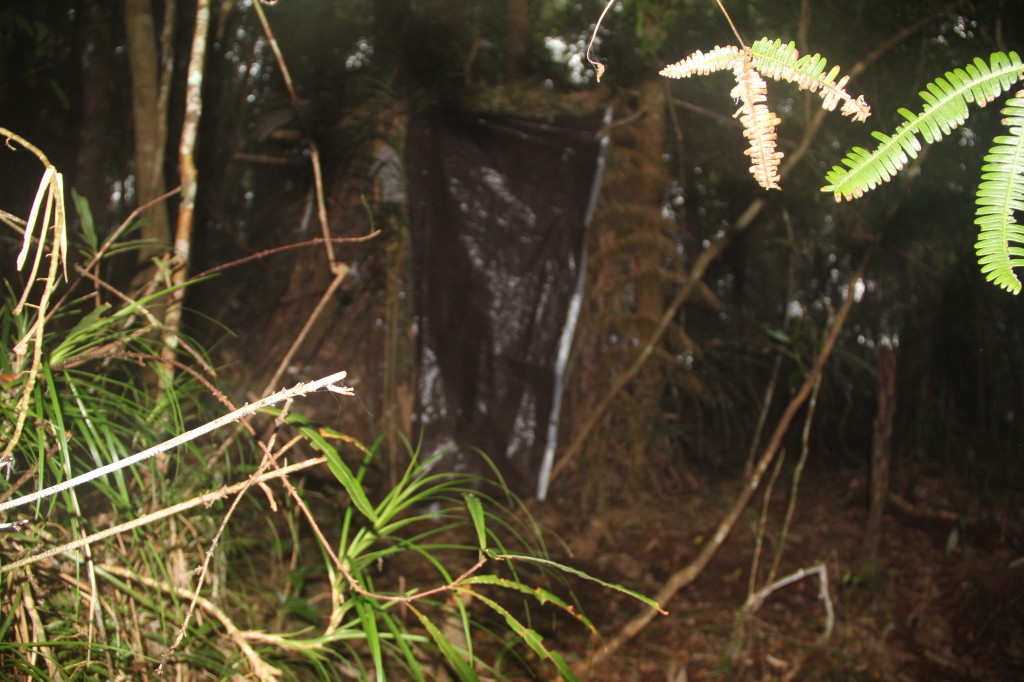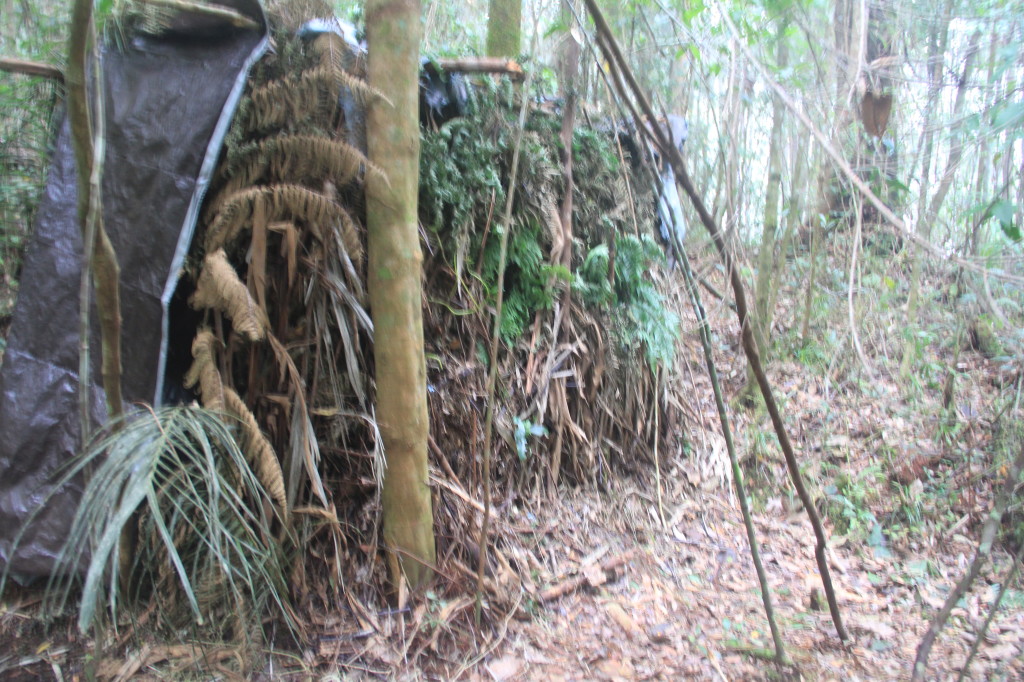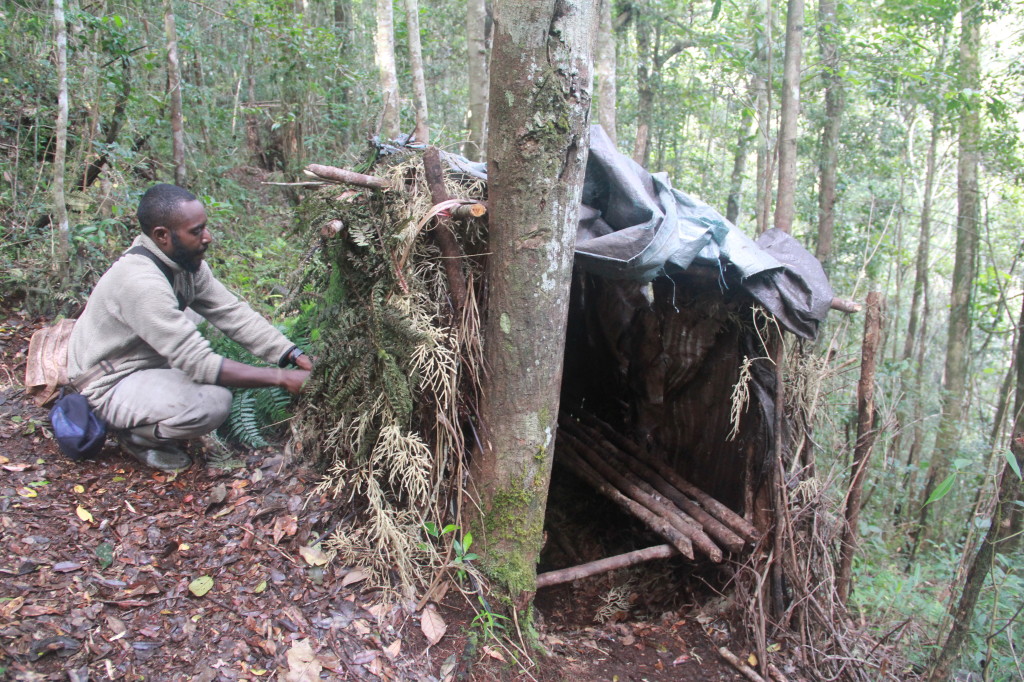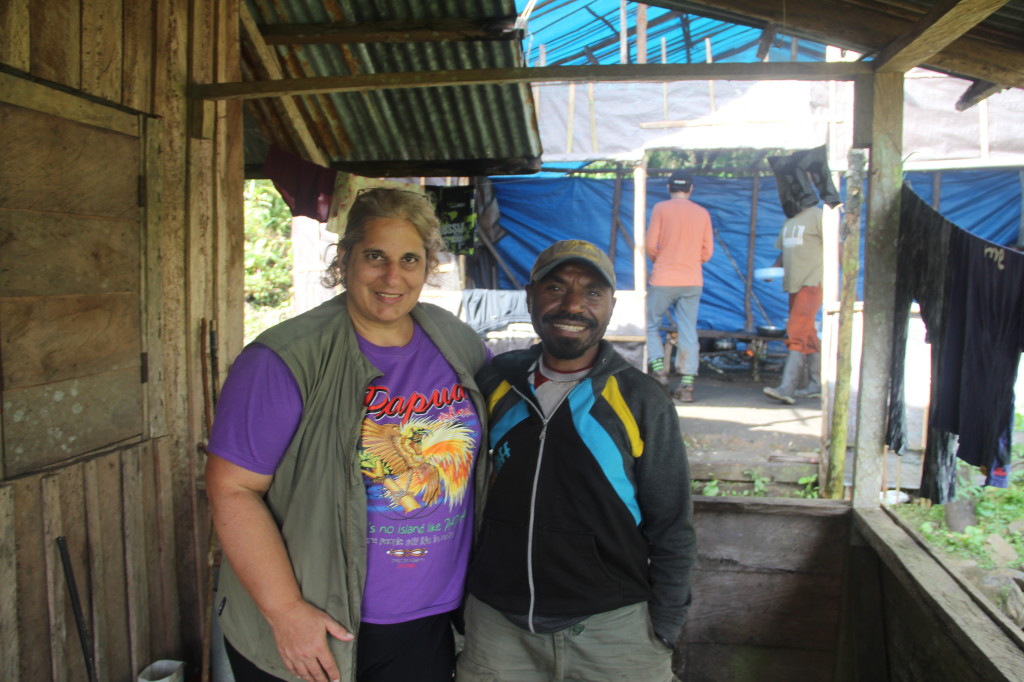This is the second installment (first installment was Nimbokrang) of my series on “Extreme Birding”, meaning places that are very challenging in one way or another. With the Arfaks, there are many challenges. It’s not the easiest place in the world to get to, you will need to hire a 4WD truck to the village of Mokwam and an area of town called Syoubri where Zeth lives, which I discussed in my post on Manokwari. There are public vehicles but they are unpredictable so you may want to try your luck at Terminal Wosi first but be prepared to spend the 1,500,000 rupiah each way.
COMMUNICATION (LACK THEREOF)
Communication is another challenge. There are no phones either land or mobile based and no wifi. If you want to travel in high season (May-August) and be assured of getting the fabulous Zeth Wonggar or his partner Eliakim as a guide, you will have to join a group or get Papua Bird Club to make the arrangements for you. If you go in off season, you can probably just show up and get a good guide and room in the guesthouse.
ACCOMMODATION IN MOKWAM/SYOUBRI
If you are a backpacker or used to camping the accommodation will not be so challenging. If you are used to elite treatment at the Hyatt Regency, Intercontinental or Four Seasons, you will be in for a shock! Let’s take a look at the guesthouse first. If you are with a group tour, they will probably provide you with a sleeping bag and blankets. If you are traveling ultra-light like we were, Zeth does have a couple of spare blankets and a thin pad. The guesthouse was full when we arrived by a group of Korean TV producers/filmers. The 4 of them took all the space in a guesthouse that can usually sleep 8 on wooden platforms. In the photos below, the swag belonged to one of them, the one with the wooden plank is our room on the last day. Zeth persuaded them to clear their stuff out of a room so we could sleep inside rather than a tent.
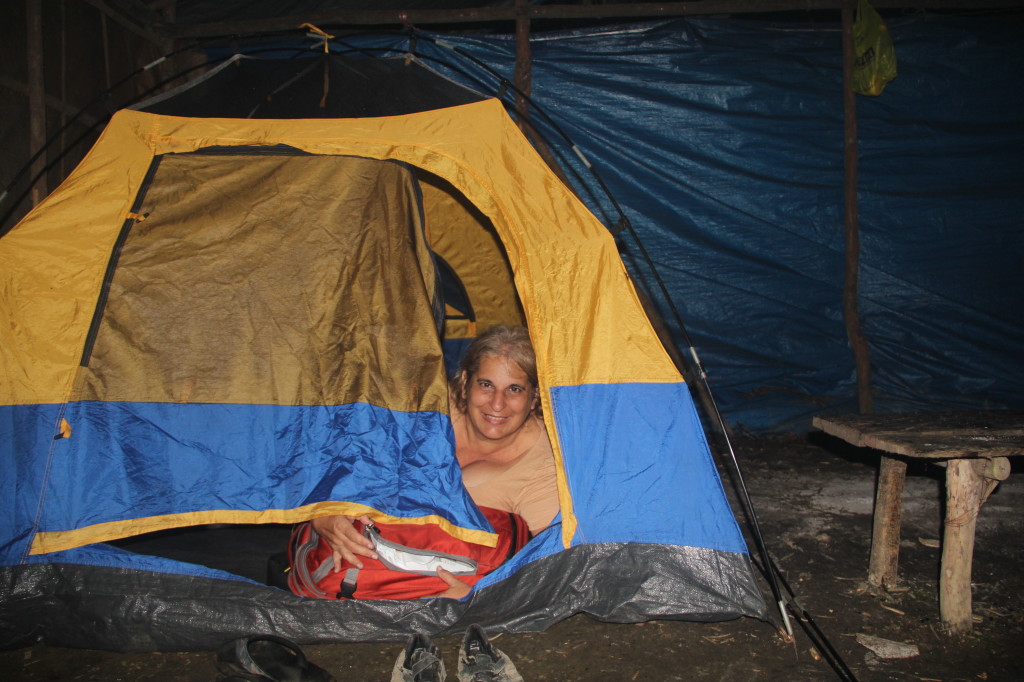
The first night, we had to sleep in a tent they set up in the kitchen since the guesthouse was full.
CAMPING UP THE MOUNTAIN
There are several camps as you go up the mountain, each with it’s own specialty birds. The most famous birds are the Western Parotia and Vogelkop Bowerbird. Their respective display grounds are just below the “Garden Hut” so that was where our entourage pitched our tent so we could easily get to the hides in the early morning. They did a great job of setting up camp, large tarp over the area, pitched the tent under it, dug a pit toilet a short distance away so we wouldn’t get lost and building a campfire. I actually taught them how to do an old-fashioned weenie roast! It brought me back to my girl scout days as a child and was fun! I couldn’t believe they had never had a weenie roast before, I just wish I had brought some marshmallows!
KEY BIRD SPECIES
Magnificent Bird-or-Paradise; Black Sicklebill; Western Parotia, Long-tailed Paradigalla; Arfak Astrapia; Arfak Bowerbird; Lesser Bird-of-Paradise; Superb Bird-of-Paradise; New Guinea Eagle; Feline Owlet-Nightjar; Mountain Owlet-Nightjar; Spotted Jewel-Babbler; Chestnut-backed Jewel-Babbler Spotted Catbird; Flame Bowerbird; Magnificent Riflebird; Buff-tailed Sicklebill. There are also some parrot species up here. The white Triton Cockatoos (subspecies of Cacatua galerita) were pretty common and we saw them in trees across the river as we climbed up the mountain. Lorikeets were seen flying overhead several times – Plum-faced Lorikeet (Oreopsittacus arfaki), Yellow-billed Lorikeet Neopsittacus musschenbroekii and Fairy Lorikeet Charmosyna pulchella. We were hoping to see the long-tailed Papuan Lorikeet (Charmosyna papou) but no luck. Other parrots we were hoping for but didn’t see were Brehm’s Tiger-Parrot Psittacella brehmii and Pesquet’s Parrot (Psittrichas fulgidus). We saw a nest belonging to Red-breasted Pygmy Parrots (Micropsitta bruijnii) but unfortunately they weren’t home.
See the links on this page to other trip reports to the Arfak Mountains to get an idea of which birds other people saw.
HIKING UP THE MOUNTAIN
This was the most difficult hike I have ever done in my life and I really wish I had done it when I was younger and somewhat fitter. The locals can get from the village to the Japanese camp at the top in about half an hour which they frequently do if they have to prepare the meals in the village and bring them up the mountain. No, they do not get tired. Typical tourists will get to the Bowerbird/Parotia area where we camped in about an hour. Ina and I took about 3 hours to get up the mountain with very frequent rest stops (at least we saw lorikeets flying overhead)! It was extremely steep and involved crossing a small river, clambering up rocks and walking through mud. There are 3 camps up the mountain -the Garden House, Camp Attenborough and Japanese Camp (Black Sicklebill and Arfak Astrapia). Theoretically, the camps are about 90 minutes apart, at least that’s what the locals say! We gave up at the Garden Hut but if you have more energy, you should try to make it all the way up to the Japanese Camp.
BIRD HIDES
It’s very clever how they made these hides at the display grounds of the Western Parotia and Vogelkop Bowerbird. The benches are pretty comfortable but only 3 people can fit in a hide at a time and there are only 2 peepholes to watch the birds though. Be prepared to get up at dawn and be positioned in the hide so the birds don’t know you are there. Avoid talking or whisper if you have to. The guides will probably gather up some spare branches to maintain the hides.
WHAT TO BRING
The Arfaks is unique in its remoteness and also altitude which can make the nights very chilly. I suggest you bring the following if you have the room in your bags:
- Sleeping bag
- Air mattress
- Blanket
- Clothes to ear for the duration and discarded such as old jacket, long pants, long sleeved shirts, gumboots, warm socks
- Mosquito repellant
- Food for you and your expected guides and porters. Bring extra as you will probably end up with more porters than you expect. Rice, tinned meat (no fridges up there), eggs, frozen hot dogs to roast the first night, bottled water, noodles, cookies, coffee, tea, sugar. Some people will bring live chickens from the market in Manokwari, the guides will prepare them but I couldn’t do it. I am not a vegetarian but I don’t want to “meet” my dinner either!
- Torch (flashlight)
- Batteries for anything you have that use them. Pre-charge your batteries the day before you fly to Manokwari
- Malaria pills (more about that later)
UNFORGETTABLE EXPERIENCE
It may be challenging, but a visit to the Arfaks for birding will give you a lot of new birds you can’t see anywhere else and you will meet some amazing people! All the guides and porters were very friendly and went out of their way to make us as comfortable as possible and give us a hand up slippery rocks and muddy trails.
I suggested to Zeth that he arrange for a few of the village women to learn massage as we came down the mountain exhausted and aching all over! It would also be nice to have handicrafts for sale. If you have any questions, please ask in the comments.

